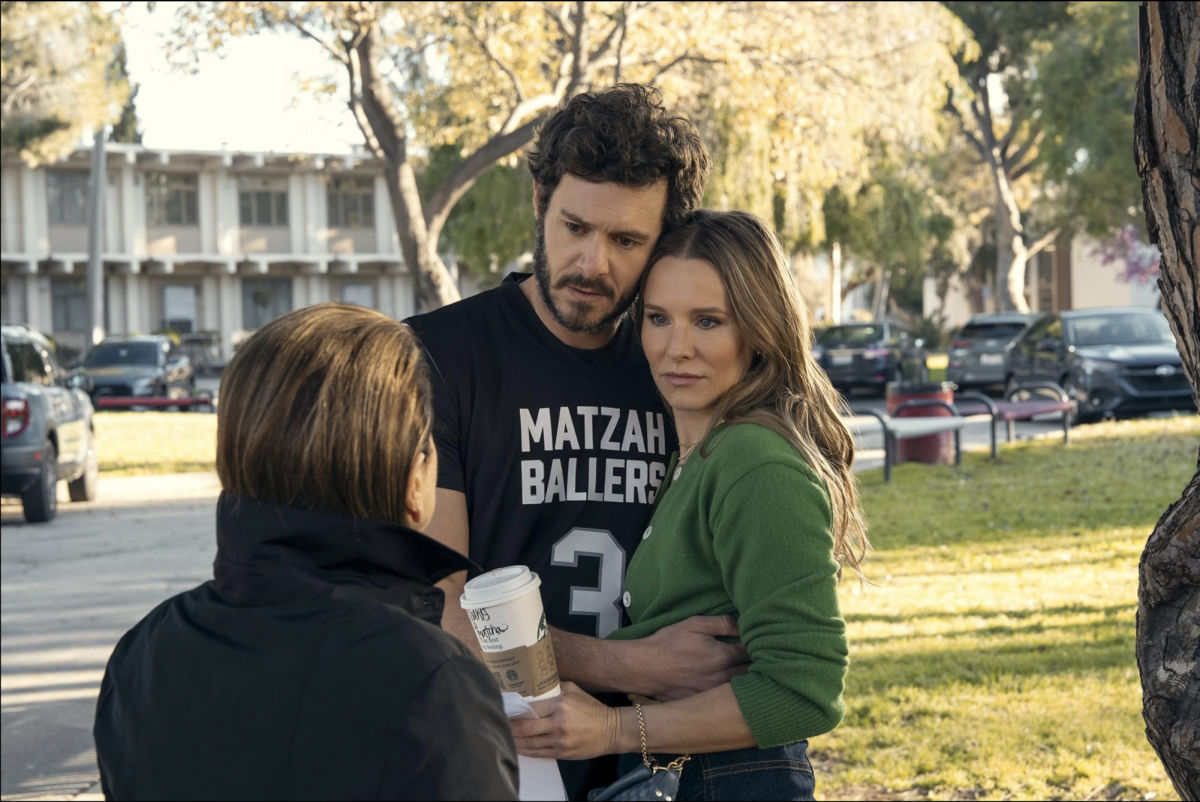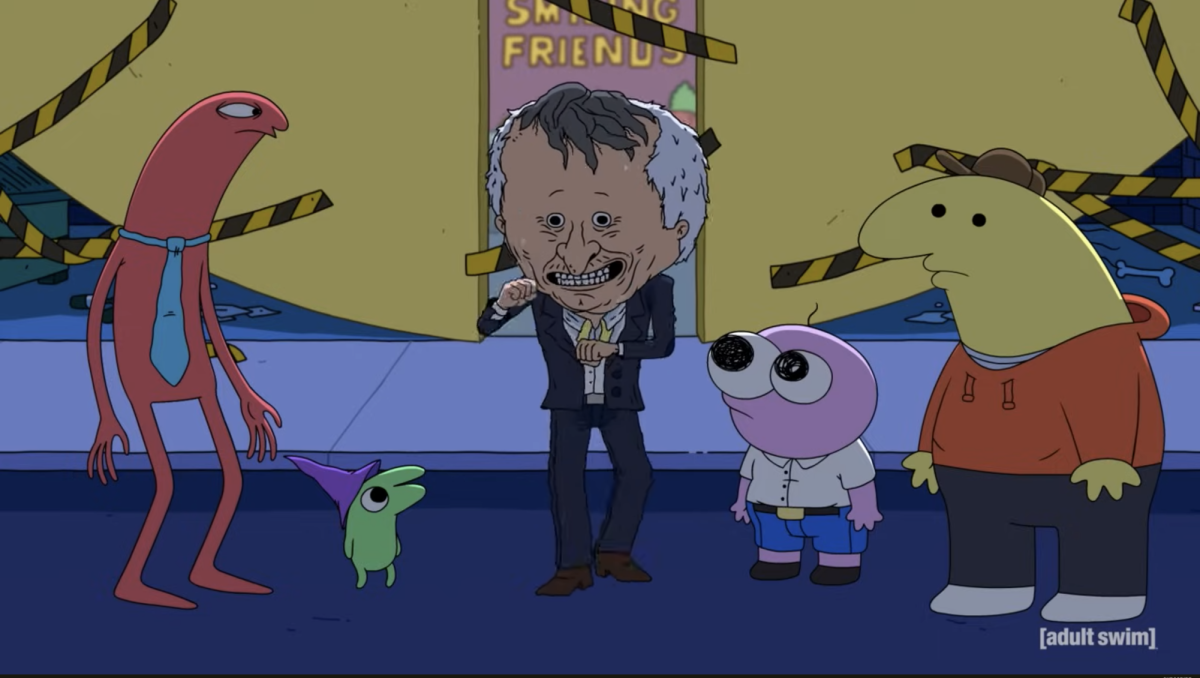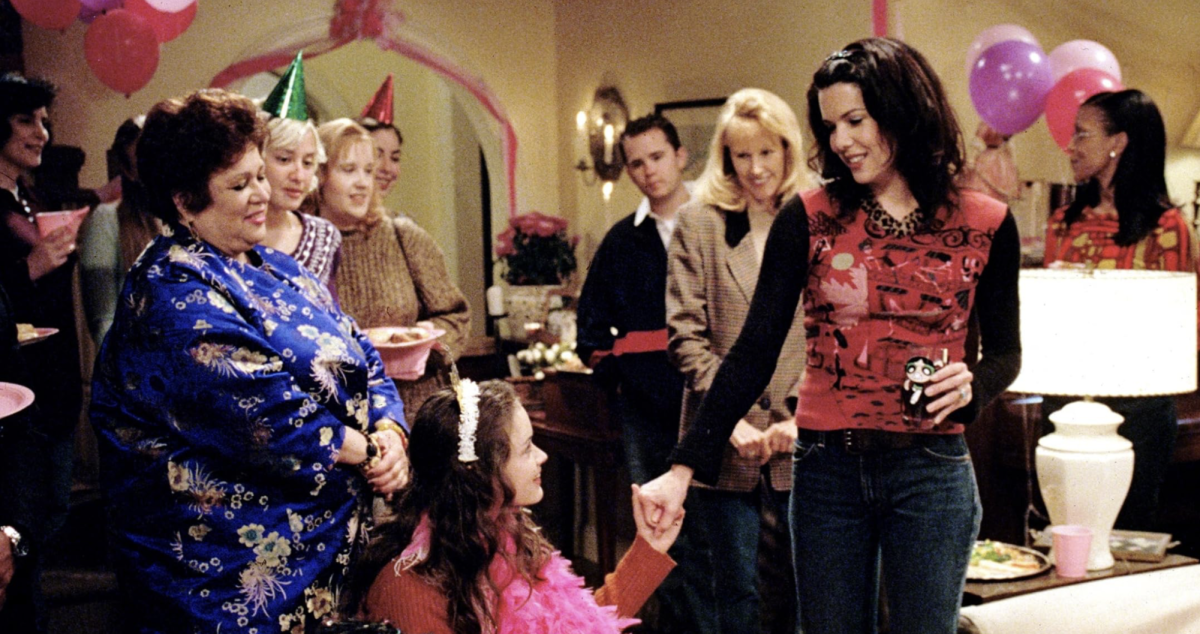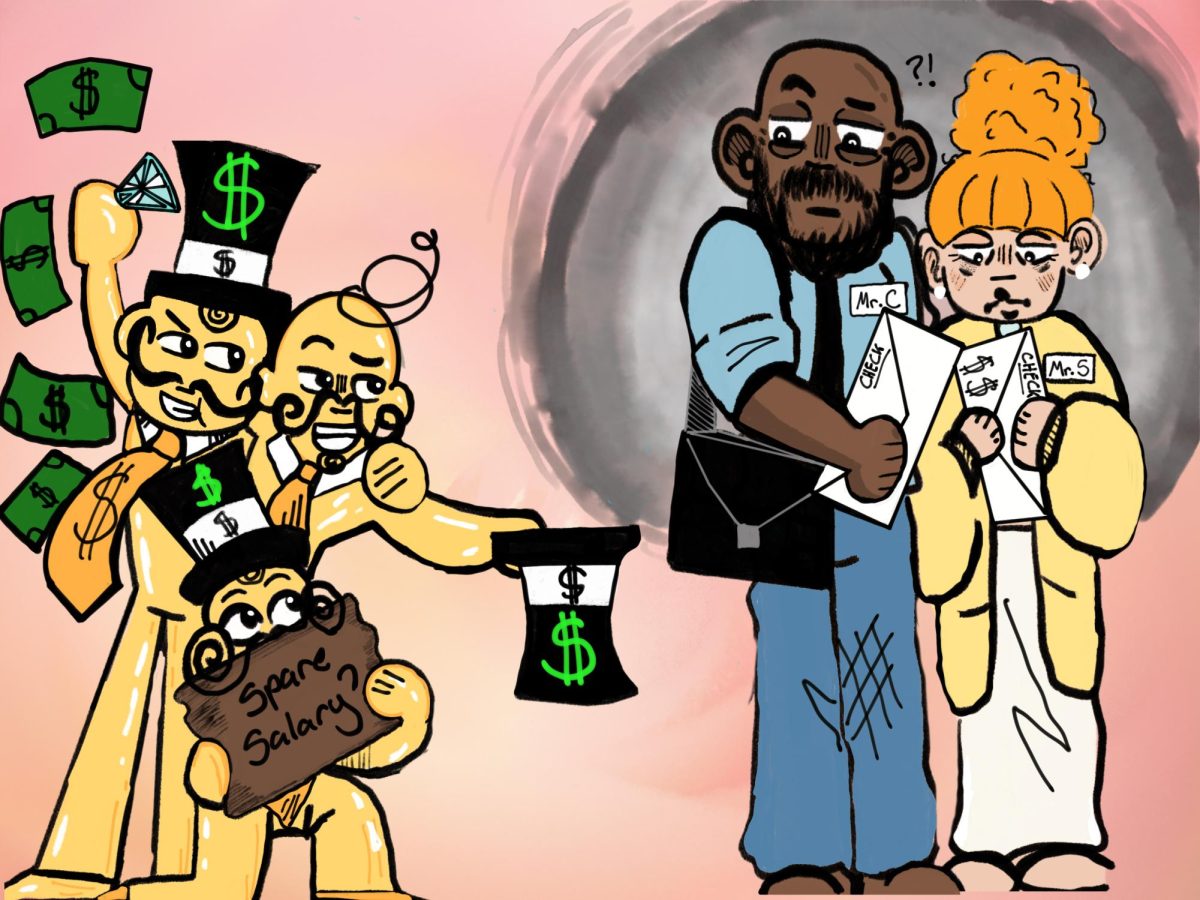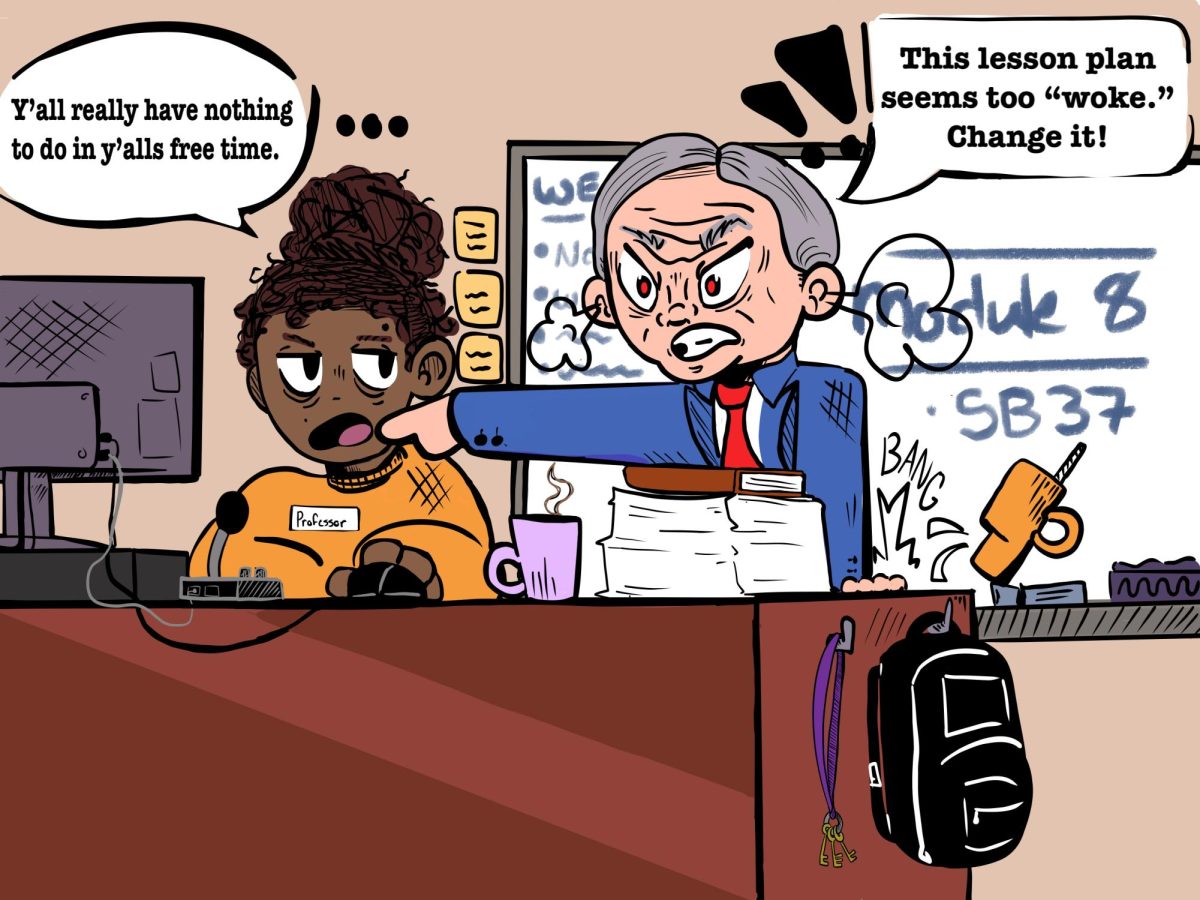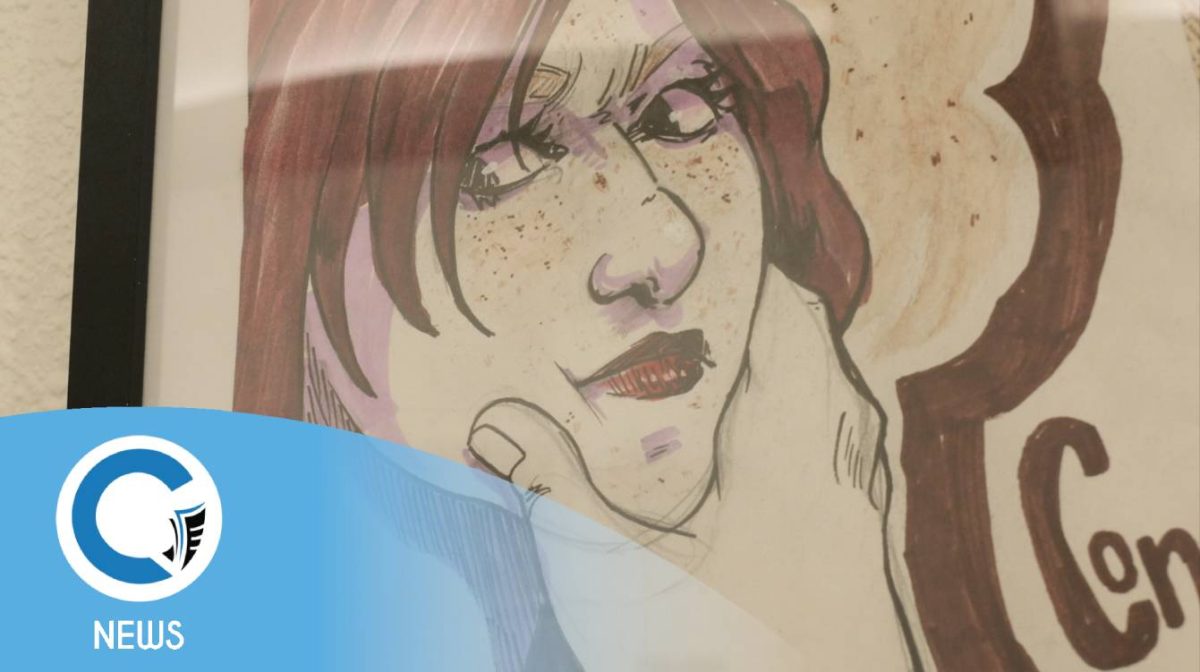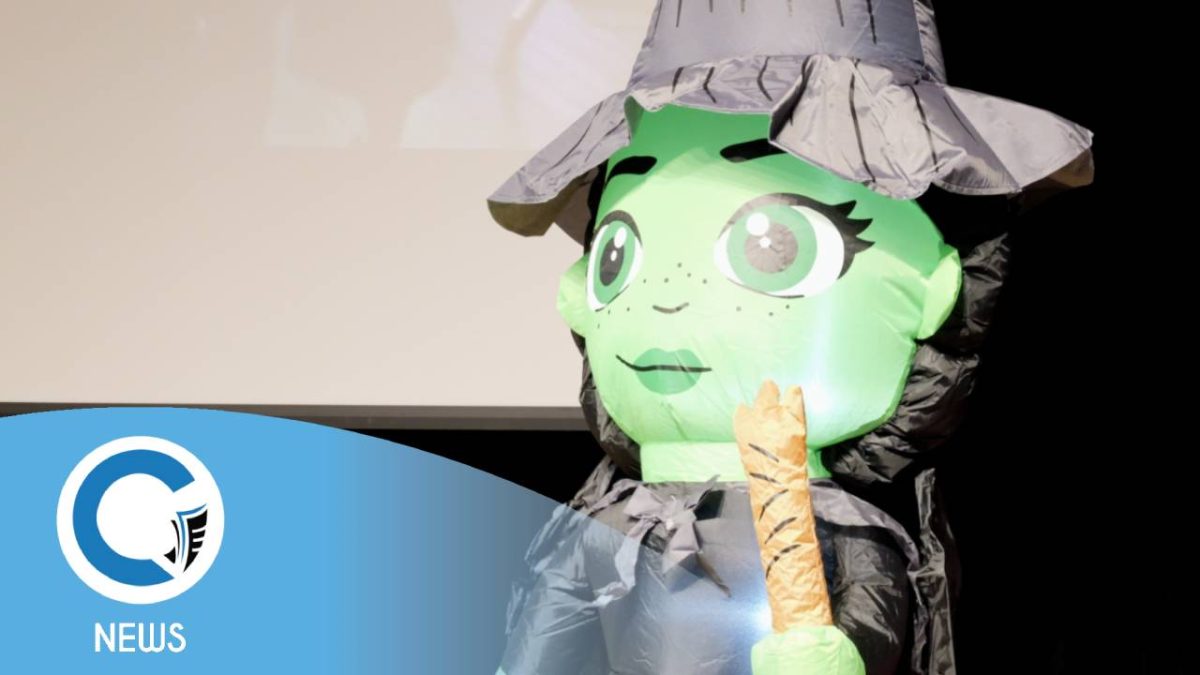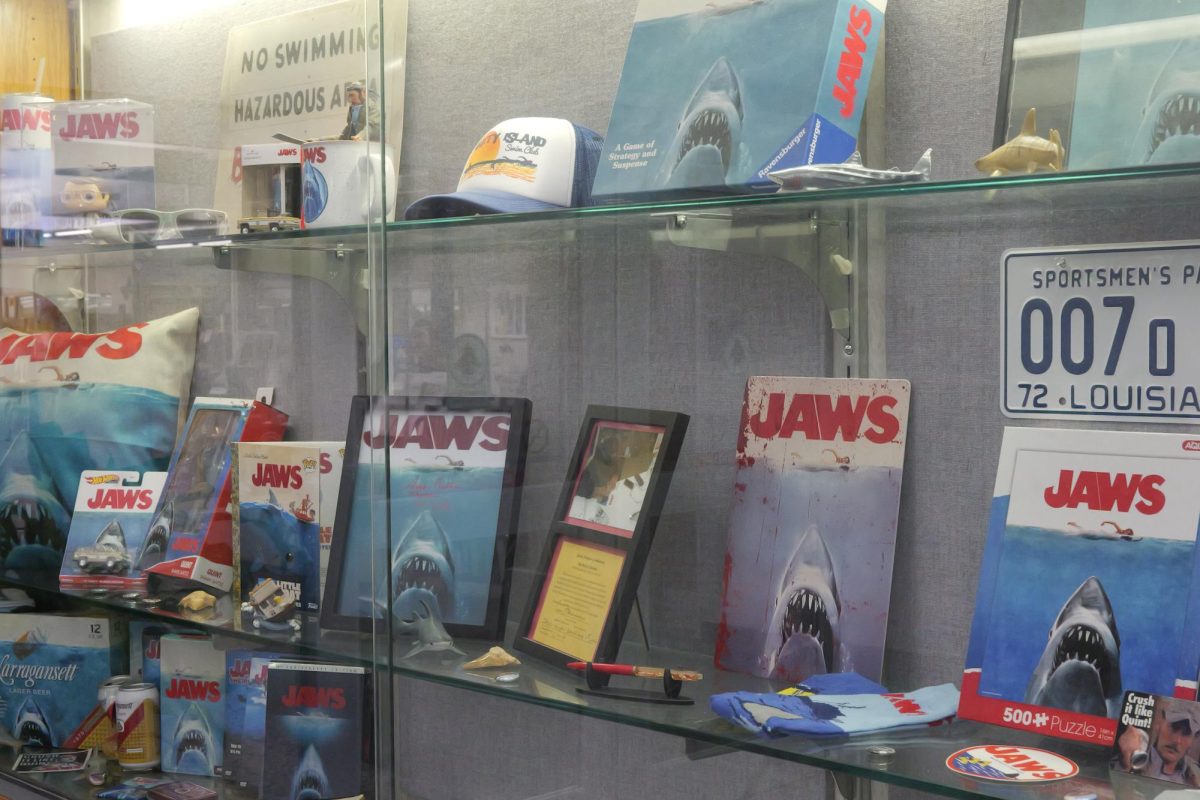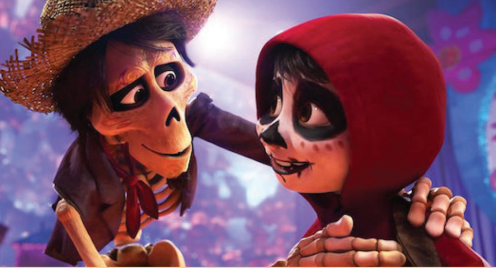Fifty years later, Steven Spielberg’s summer blockbuster “Jaws” is still terrifying audiences with its man-eating great white shark.
With its recent re-release to theaters, audiences get the opportunity to see the creature-feature classic on the big screen in higher resolution. I remember watching it when I was 11 or 12, and while I have always been an avid fan and defender of sharks, “Jaws” still managed to get a few flinches out of me.
The film is set in the small island town of Amity Island, which is preparing for its Fourth of July celebration that draws in plenty of tourists to keep the businesses there afloat till next summer.
The film starts with the iconic sequence of a young woman going on a swim in the ocean at nighttime. Soundtracked by a menacing staccato of strings that everyone now associates with sharks, the woman is violently yanked down under the waves by an unknown thing while screaming.
The starting sequence was especially shocking for its time and set the tone for the rest of the film. It instilled tension so effectively without even showing the culprit itself.
When the girl’s body is found badly mutilated, Police Chief Martin Brody, played by Roy Scheider, tries to convince the mayor to close the beach to no avail.
With the help of shark specialist Matt Hooper, played by Richard Dreyfuss, and veteran shark hunter Quint, played by Robert Shaw, the team sets out to hunt down the threat to the resort town.
The film has everything going for it: a killer animatronic shark, an iconic soundtrack recognizable within seconds, a great cast and the novelty of being one of the first major features to be filmed on the open ocean. Spielberg insisted on the latter to create a sense of realism that adds to the distinct tone of “Jaws.”
However, the production of the film was marked with many setbacks and was ironically nicknamed “Flaws” by some crew members.
The casting wasn’t even completed nine days before shooting, the script had to be rewritten several times, the three animatronic sharks made for the film at great expense kept malfunctioning and the budget almost doubled throughout production.
Spielberg even said he feared no one would ever hire him after making “Jaws” due to its disastrous production history.
Despite all the issues, “Jaws” went on to make almost $500 million in box office and became the highest grossing film ever until “ Star Wars: Episode IV – A New Hope” was released two years later. It made Spielberg a household name and gave him the chance to make classics for decades.
“Jaws” was more than just a moneymaker. It’s still critically acclaimed for Spielberg’s direction, John Williams’ soundtrack and its performances.
The reactions “Jaws” got in theater were comparable to what happened with “The Exorcist” and “Psycho.” The film was so scary for its time that there was even a report of an audience member developing neurosis from watching the film that caused them to scream “Shark! Shark!” and convulse.
Another highlight of the film is its characters. The contrast between the abrasive Quint and college-boy Hooper is especially delightful to watch as they bicker and pick at each other throughout the film. Shaw and Dreyfuss’ characters reflected their on-set dynamic as they were known to be antagonistic to each other.
What made “Jaws” so successful was that it preyed on the fears of the audience. But the film also caused the public to have a negative perception of sharks.
Similar to how “Psycho” made the shower a scary place, “Jaws” made many people become afraid of going swimming in the ocean.
Spielberg and the author of the book “Jaws” was based on, Peter Benchley, have both expressed their regret in how their work has affected sharks.
There was an uptick in the hunting and culling of sharks across the world by sport fishermen that affected the shark population. According to a study published in Nature, the global population of sharks and rays has declined by 71% since 1970 due to fishing.
Despite its twisting of the reality of sharks, “Jaws” remains a beloved classic. It’s the blueprint for summer flicks, and its impact on cinema is still talked about today.
Watching it in a theater with its re-release is the best way to experience the film, both for long-time fans and new viewers.






